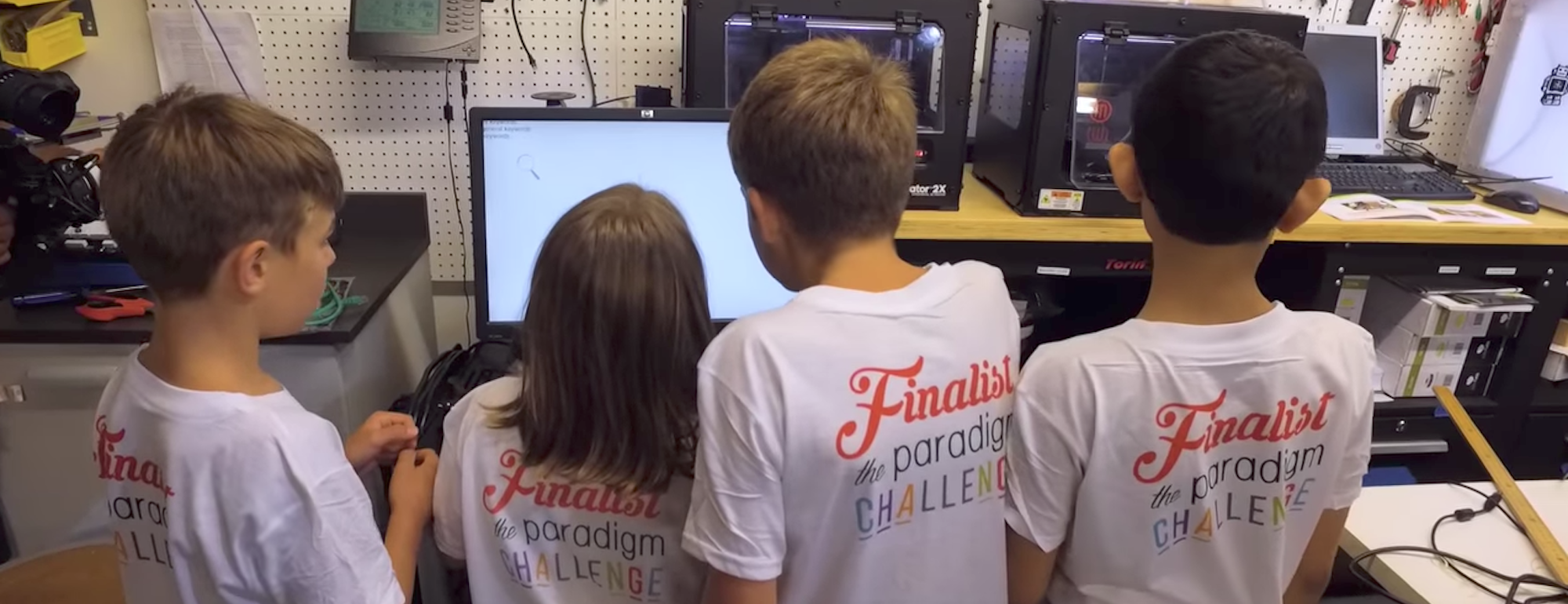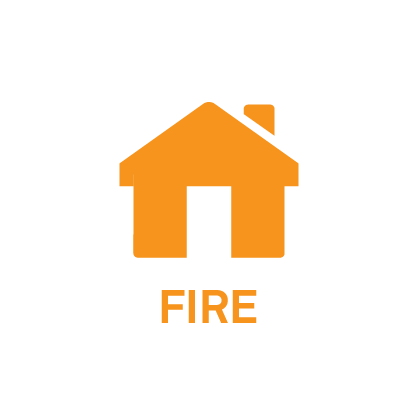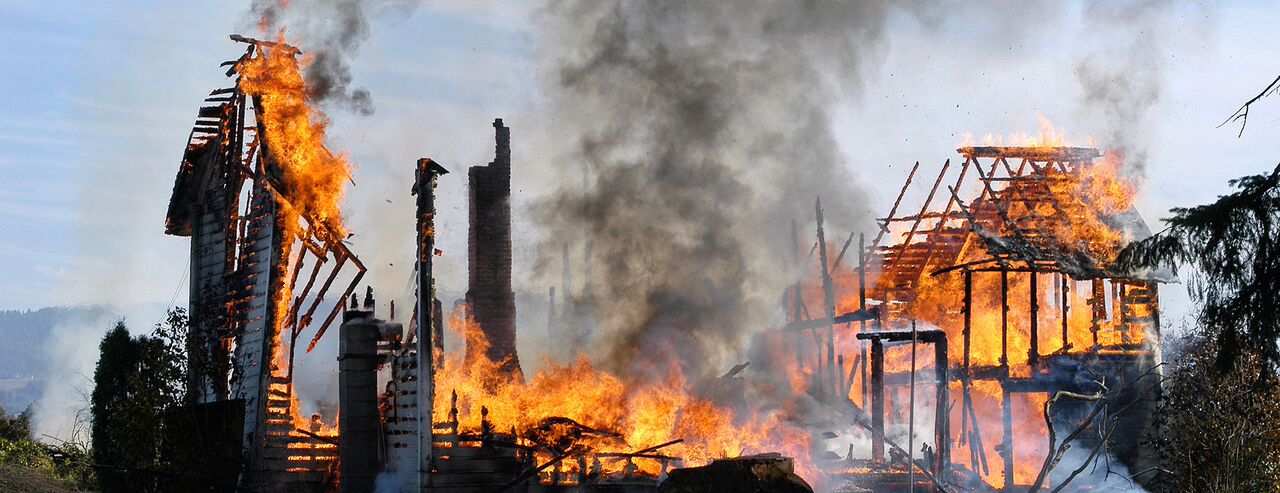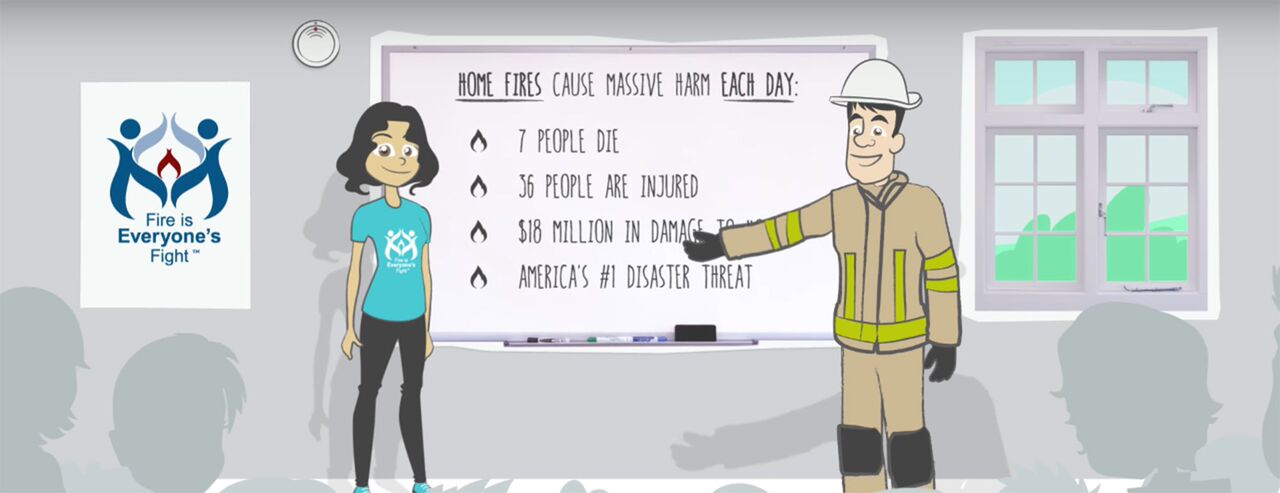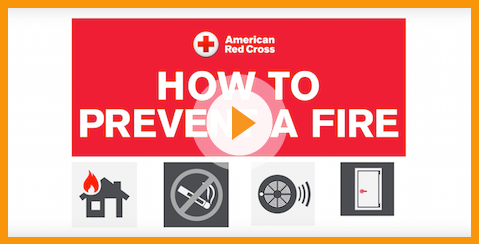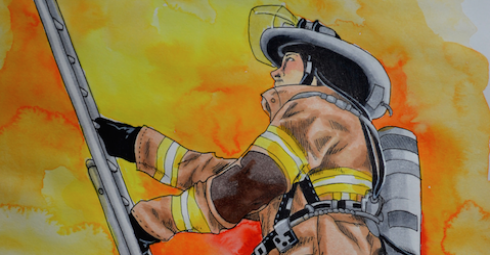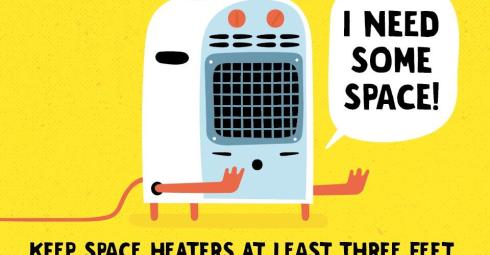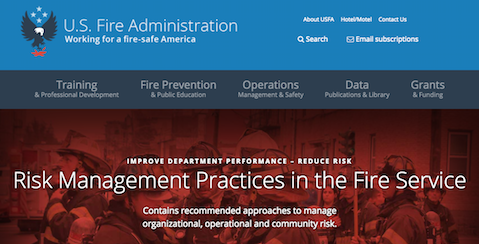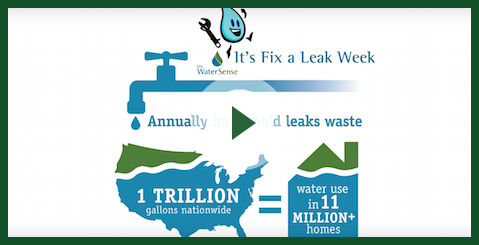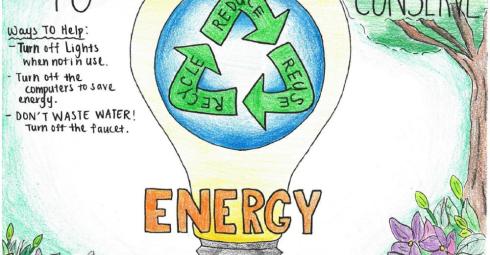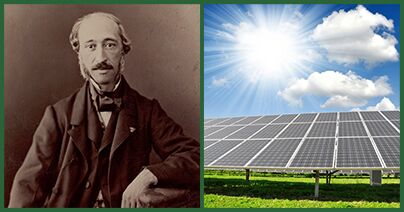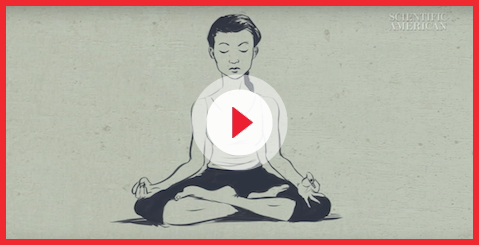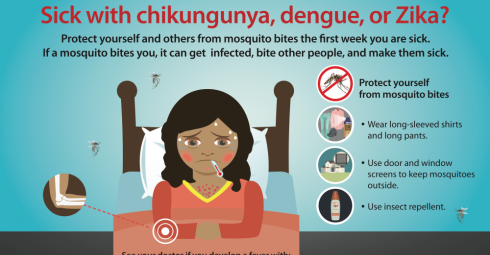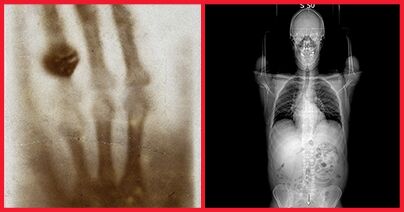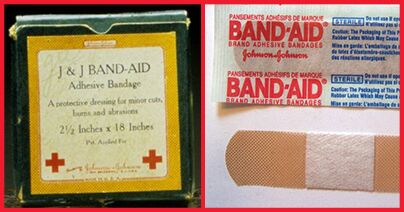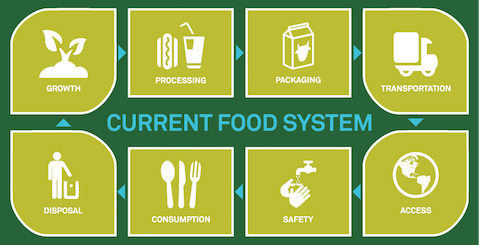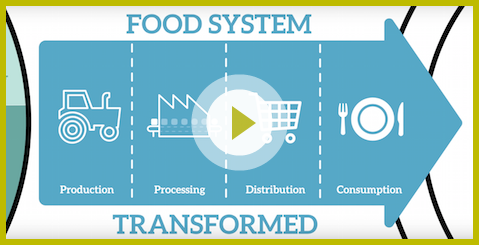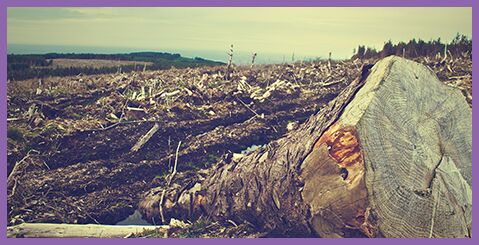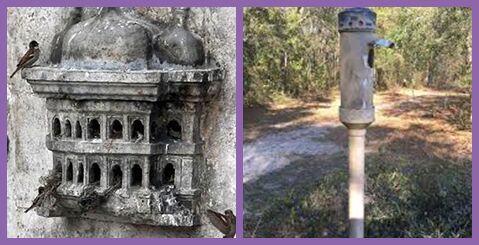FIRE IS EVERYONE’S FIGHT™
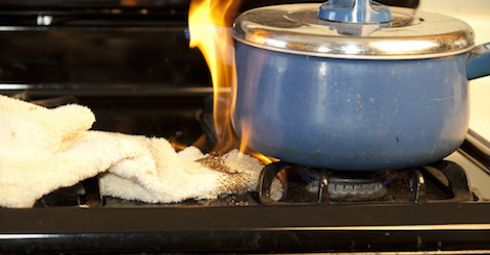
IMPORTANCE OF CAUSATION
Causation is the relationship between a cause, such as careless cooking, and an effect, like a stove fire.
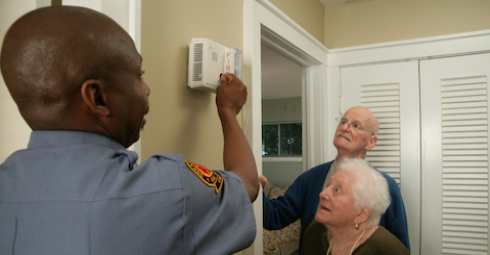
IMPORTANCE OF MITIGATION
Mitigation is the effort to reduce loss of life and property by lessening the impact of a disaster, such as a home fire, America’s #1 disaster threat.
LEADING CAUSES OF HOME FIRES
Cooking is a fun way to showcase your creativity and love of food, but it also is the leading cause of home fires and home fire injuries. Unattended cooking is the primary culprit, and two-thirds of cooking fires start with the ignition of food or other cooking materials. More than half of injuries occur when people try to fight the fires themselves.
Heating provides much needed warmth during the winter months, but December and January have the highest number of home fires. The leading cause of heating fires is the failure to clean heating equipment. Space heaters, whether portable or stationary, cause 33% of home heating fires and 81% of home heating fire fatalities.
The intentional category refers to the deliberate misuse of a heat source or fire of an incendiary nature. Although three-quarters of intentional fires are started outside, they quickly spread to homes where most of the property damage and casualties occur. Statistics from the FBI show that more than half of people arrested for arson are under 21 years old. Social media trends like the fire challenge are especially dangerous and overwhelmingly affect youth.
Electricity keeps our homes lit and powers our electronics, but lighting, fans, air conditioning equipment, and water heaters commonly cause home fires. Roughly half of home electrical fires involve electrical distribution (i.e., cords) or lighting equipment.
The health risks associated with smoking are well known, but smoking is also the leading cause of home fire fatalities. Nearly half of the victims are age 65 or older. Approximately 25% of the victims were not even smoking the cigarette that caused the fire. Trash, mattresses, bedding, and upholstered furniture are the items most commonly ignited in smoking-related home fires.
Washers and dryers keep our clothes clean, but also can spark home fires. Dryers are involved in 92% of these fires and the leading cause is failure to clean the units. Dust, fiber, lint, or clothing ignites 57% of washer and dryer fires.
Exposure occurs when a nearby fire, like a wildfire, causes a home to catch fire. Prevention and preparedness are the best tools against exposure fires.
Candles are festive holiday decorations, but the number of candle fires triples in December. Roughly one-third of candle home fires start in a bedroom. Falling asleep accounts for 11% of candle fires and 43% of candle fire fatalities.
HOME FIRE MITIGATION EFFORTS
Prevention is the act or combination of actions to proactively keep something from happening. Fire prevention is a combination of efforts designed to stop fires from starting or spreading.
Detection is the action or process of identifying the presence of something concealed or unknown. Smoke alarms detect one or more of the products or phenomena resulting from fire, such as smoke, heat, infrared and/or ultraviolet light radiation, or gas.
Suppression is the process of impeding or stopping something. Fire suppression systems, such as fire sprinklers, extinguish or slow down the spread of fire by releasing water under pressure where heat is detected.
Protection is a person or thing that prevents someone or something from suffering harm or injury. Fire protection includes equipment, such as a flame retardant blanket, and design elements, such as a fire door, that reduces the spread of fire.
Preparedness is the state of being ready in the event of a disaster. Fire preparedness includes installing a smoke alarm in each room and on each level of a home, developing a fire escape plan and practicing it, as well as knowing two ways out of every room.
Education is the process of learning or teaching skills, values, beliefs, and habits. Fire education includes becoming aware of causes of home fires and how to prevent or reduce home fire injuries or fatalities.
Research is the systematic investigation into and study of materials and sources to establish facts and reach new conclusions. Fire research includes the review and analysis of the causes and contributing factors to home fires to raise awareness of the home fire problem.
Development includes the innovation, introduction, and improvement of products and processes. Many companies and product manufacturers are developing new and improved appliances to prevent home fires.
VIDEOS
FIRE IS EVERYONE’S FIGHT™
Websites
Inventions

HOME SPRINKLER SYSTEM
In the 15th century, Leonardo DaVinci invented the first sprinkler system. Today, fine water mist sprinklers are used to absorb heat, reduce temperature, and suffocate fire.
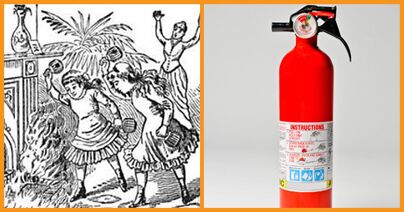
FIRE EXTINGUISHER
In 1723, Ambrose Godfrey patented the first fire extinguisher. Today, researchers are testing sound waves to separate burning fuel from oxygen.

FIRE LADDER
In 1878, Joseph Winters patented the fire escape ladder. Today, home fire ladders help individuals escape from fires in multi-level homes.
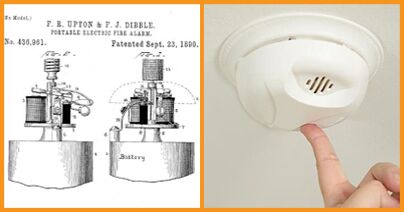
SMOKE ALARMS
In 1902, George Andrew Darby patented the first electrical heat and smoke detector. Today, smoke alarms can detect heat, smoke, and carbon monoxide.
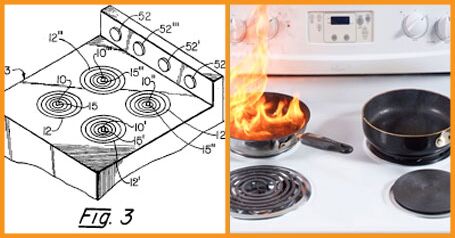
COOKING FIRE MITIGATION TECHNOLOGY
In 1984, Ralph G. Nashawaty invented a stove system that turns off the burner when a pan or kettle is removed. Today, stove systems can automatically shut off if high temperatures or no movement is detected.
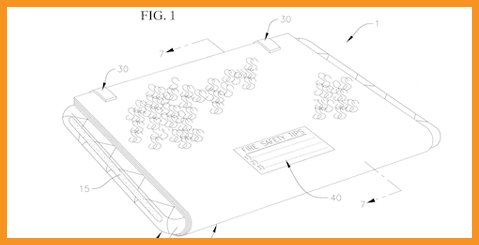
FIRE MITT
In 2016, Emma and Scott invented the Fire Mitt to suppress cooking fires and won The Paradigm Challenge Grand Prize.


